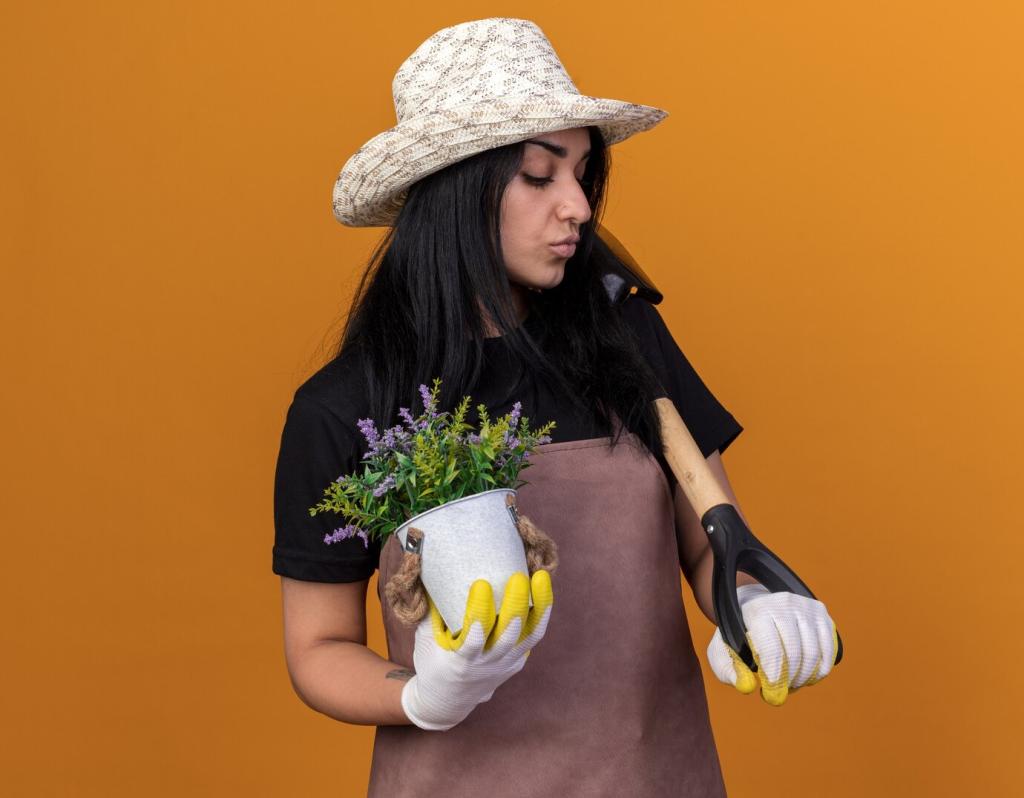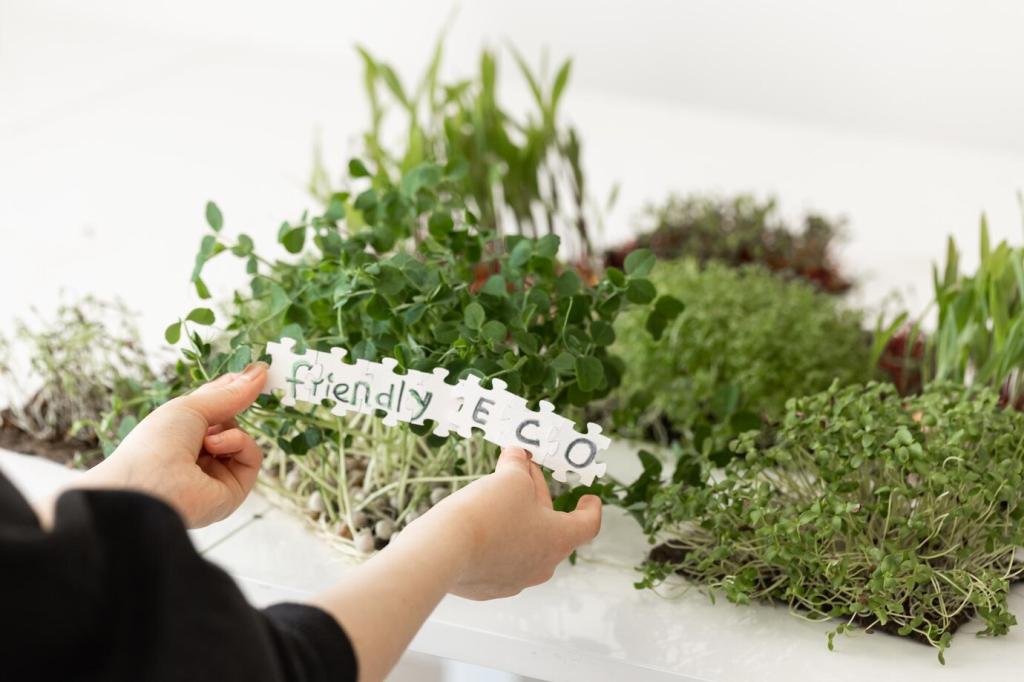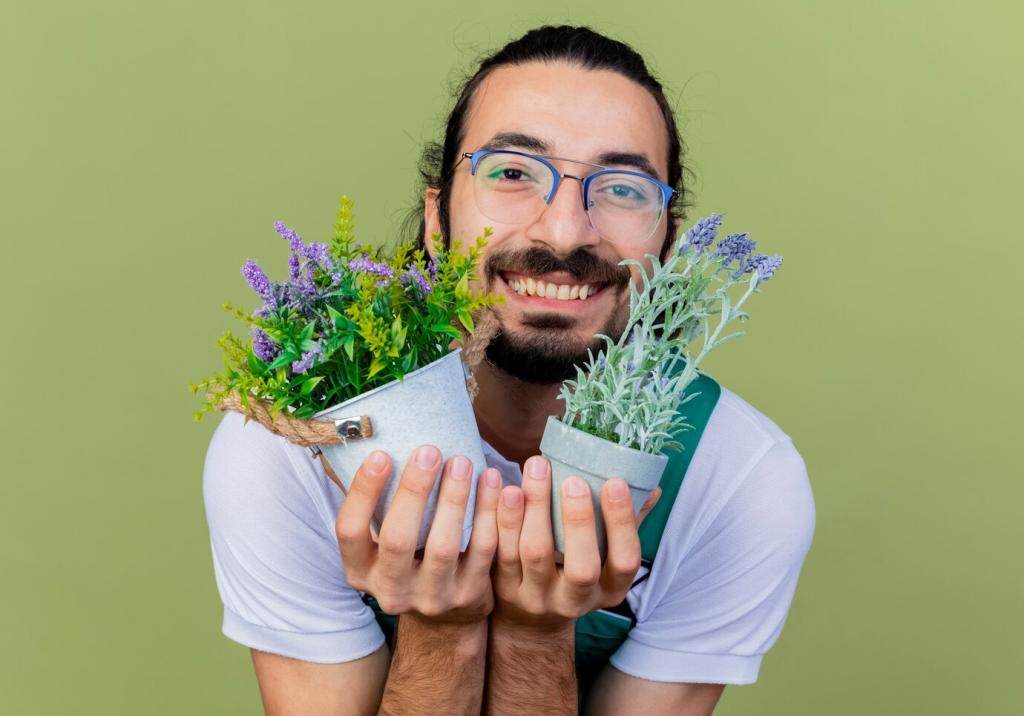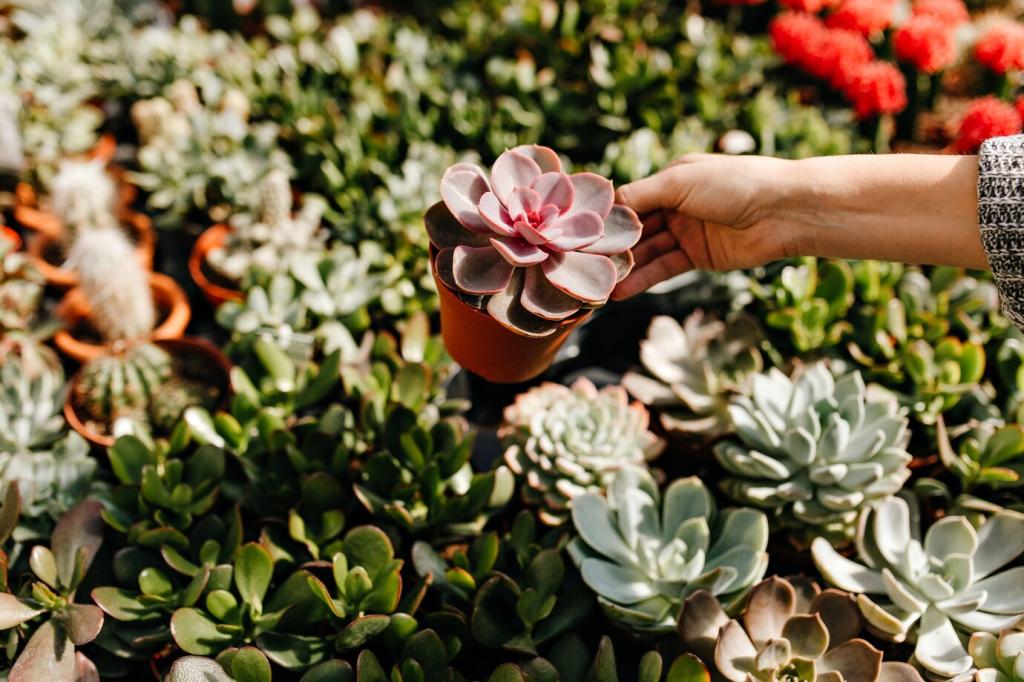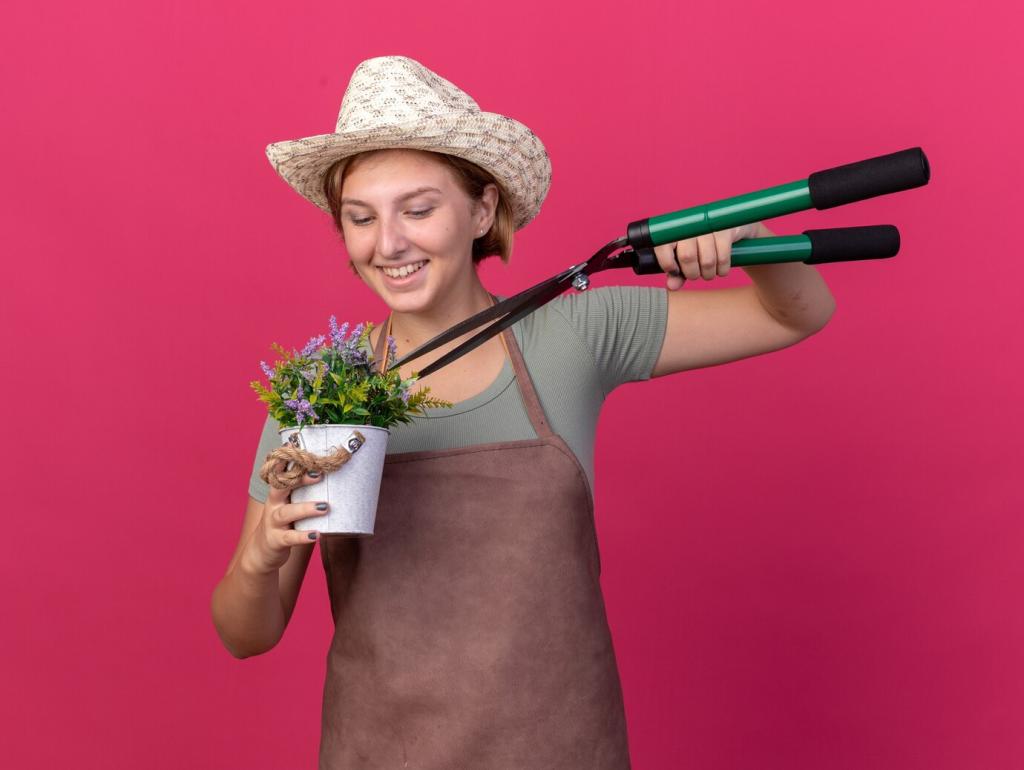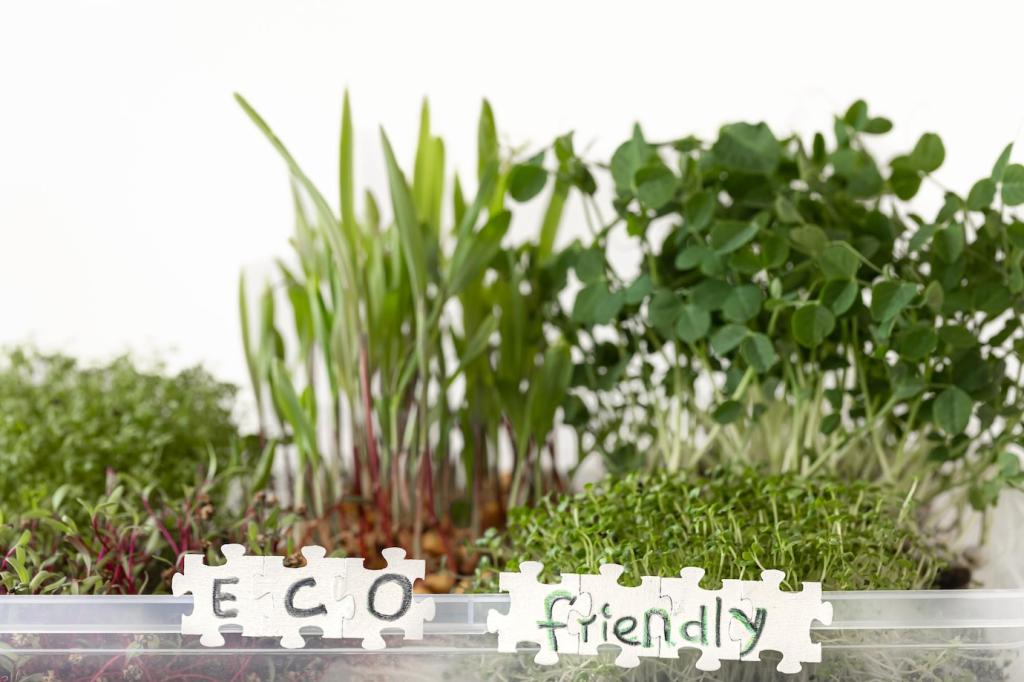Scale, Sightlines, and Movement
Use plant height and density as a measuring stick. A modest piece can feel monumental when framed by tall grasses or woodland edges. Inversely, large artworks soften beside broad meadows, keeping the landscape design balanced and the installation grounded rather than domineering.
Scale, Sightlines, and Movement
Design gentle bends and layered plantings to create anticipation. A glimpse of reflective metal through foliage can pull visitors forward. Align key views with seating or thresholds so the art installation becomes a destination that enriches the landscape design’s spatial rhythm.

